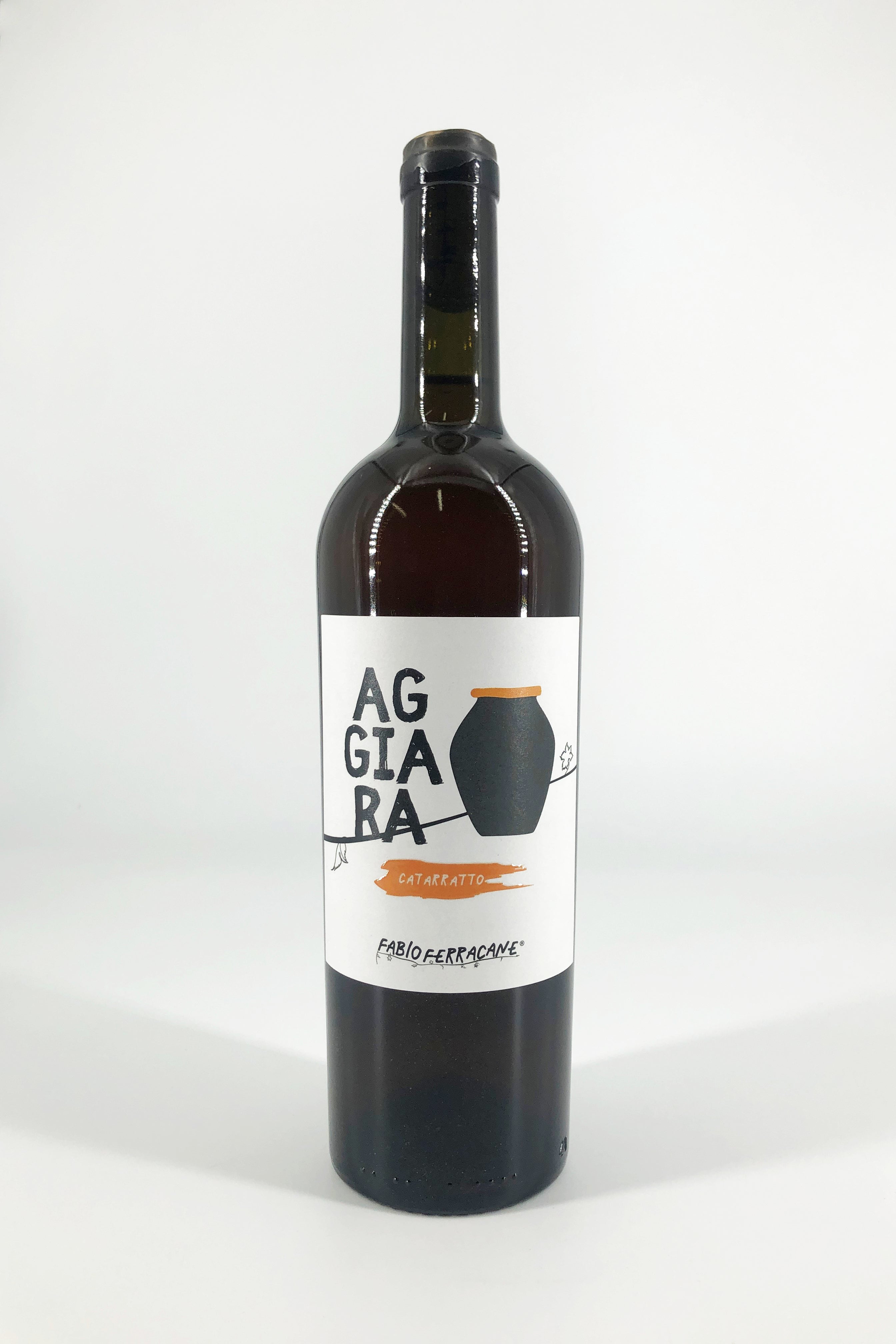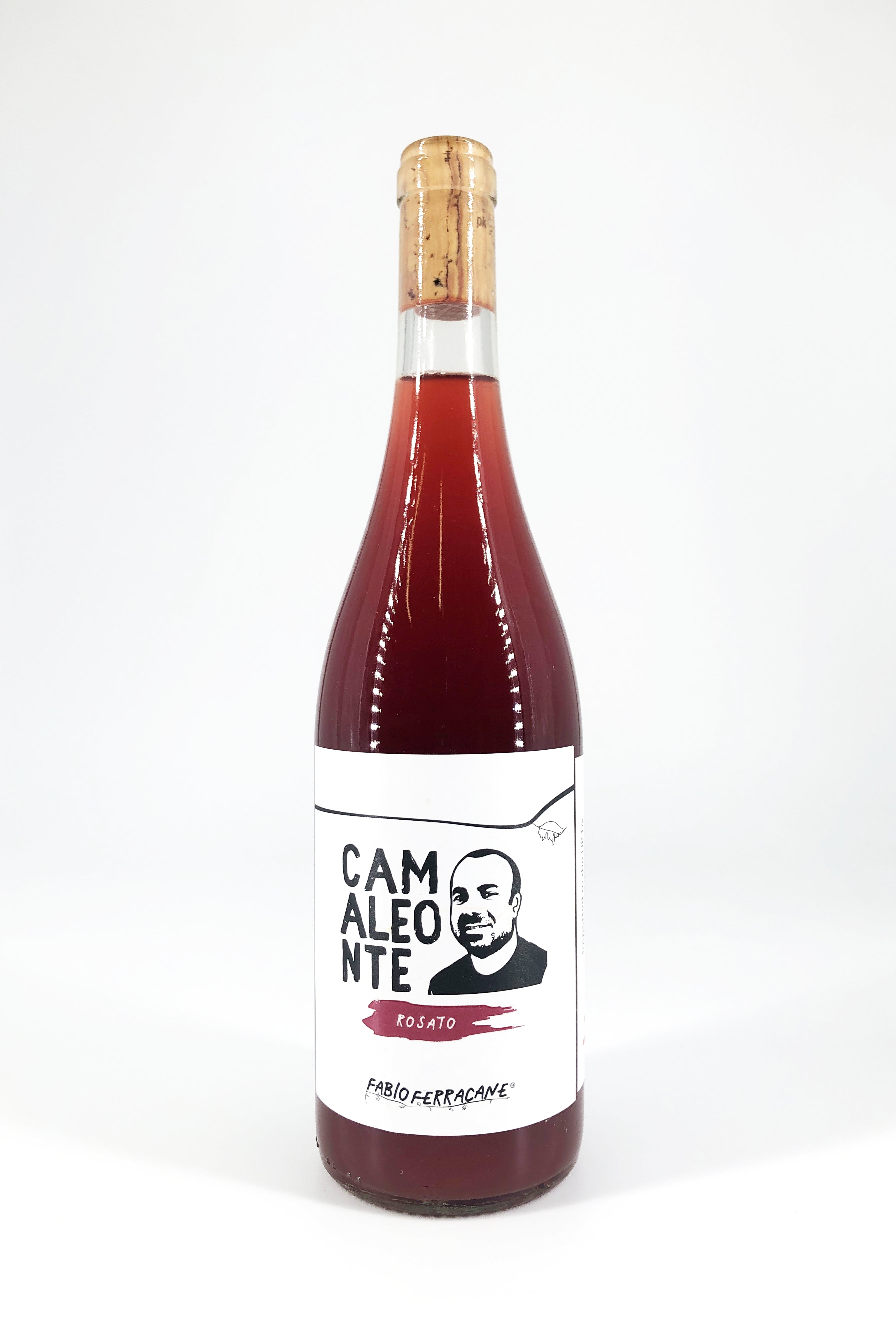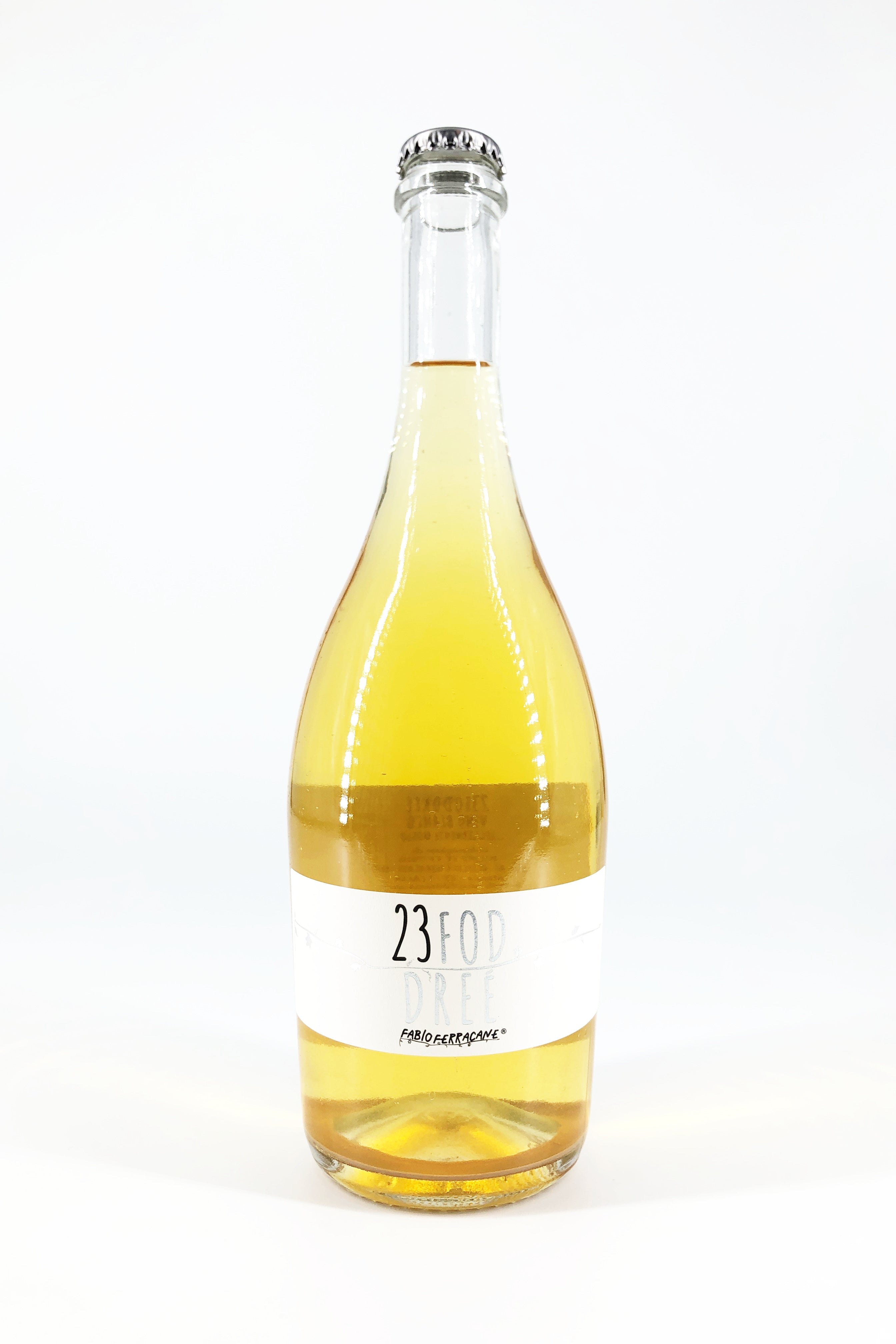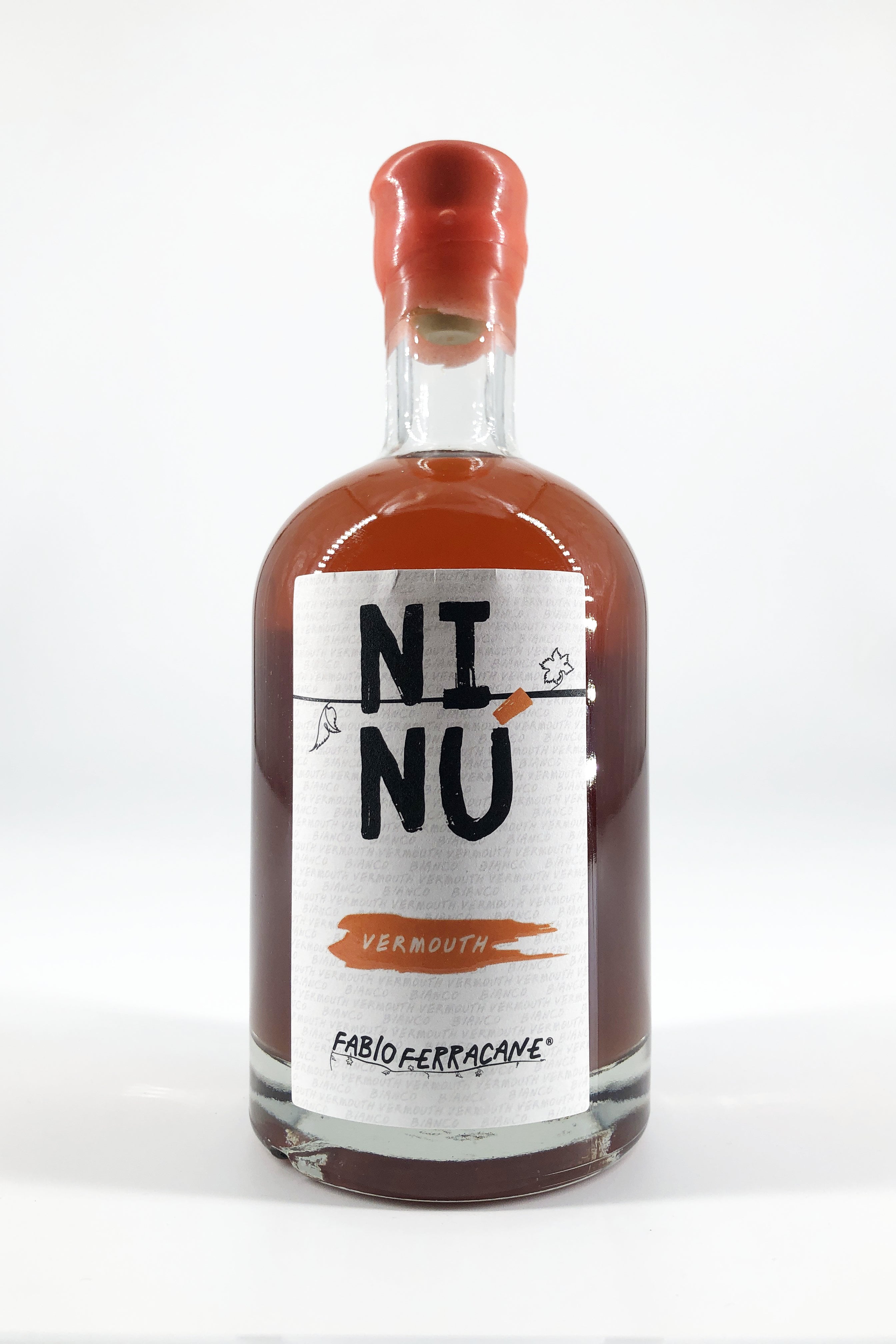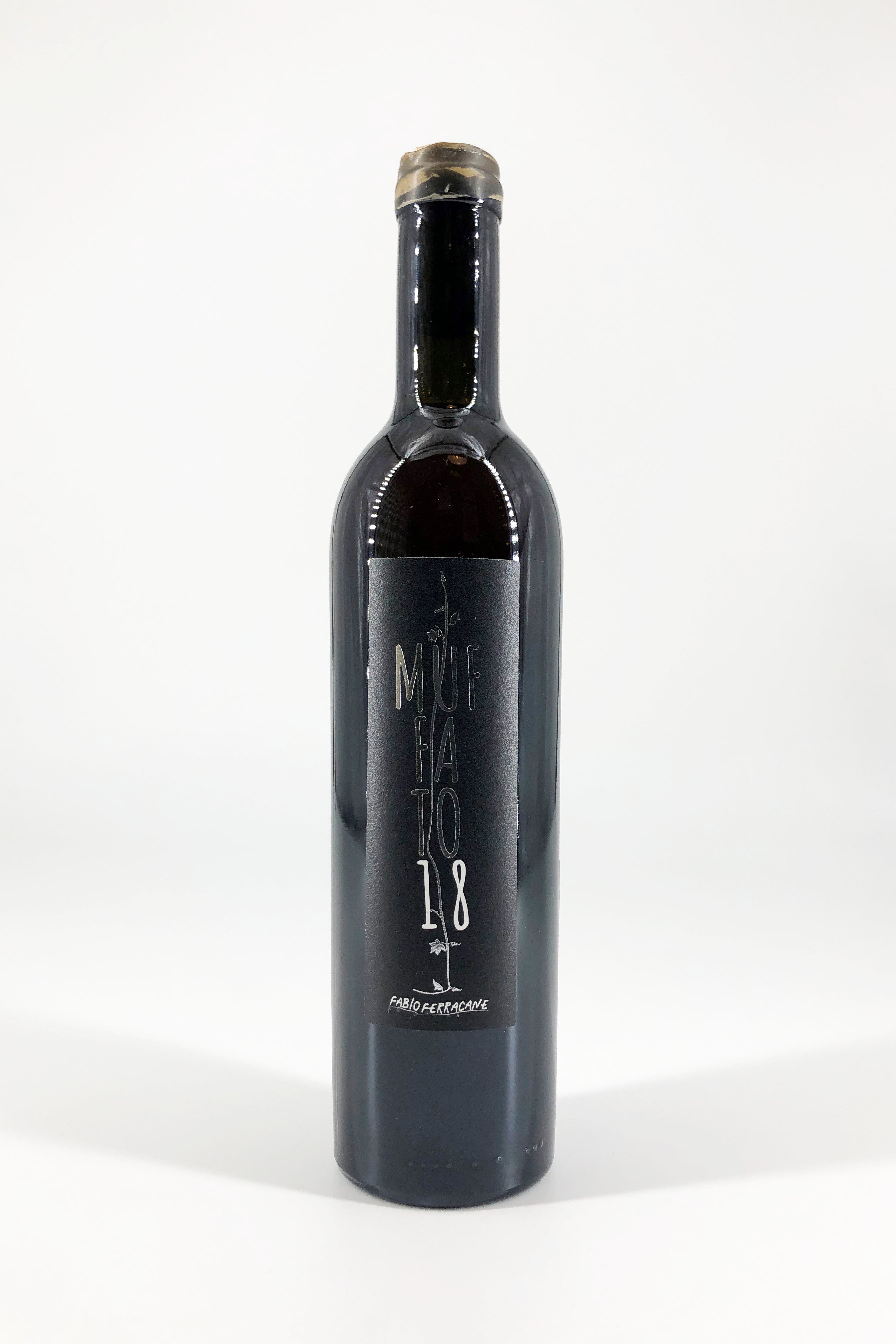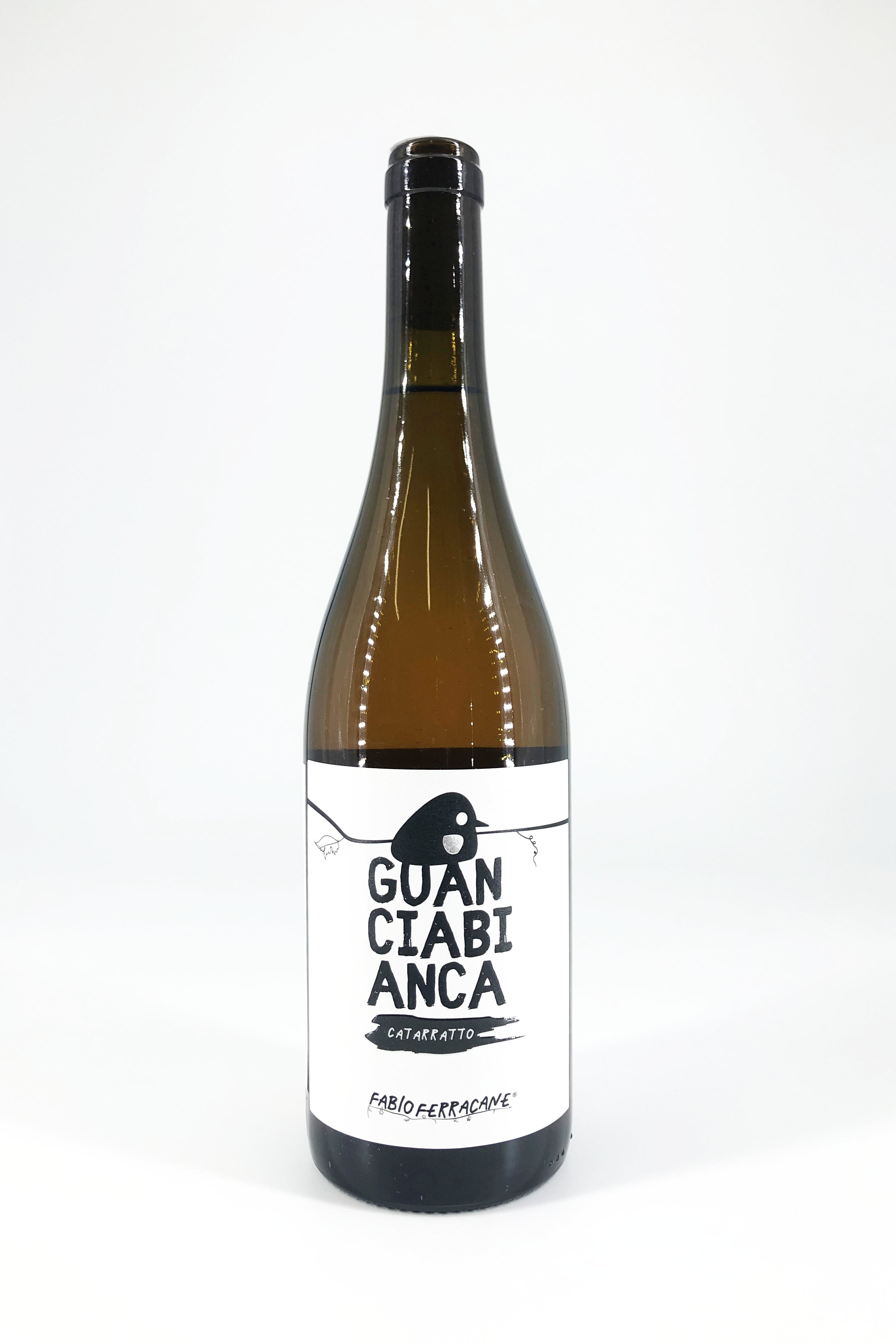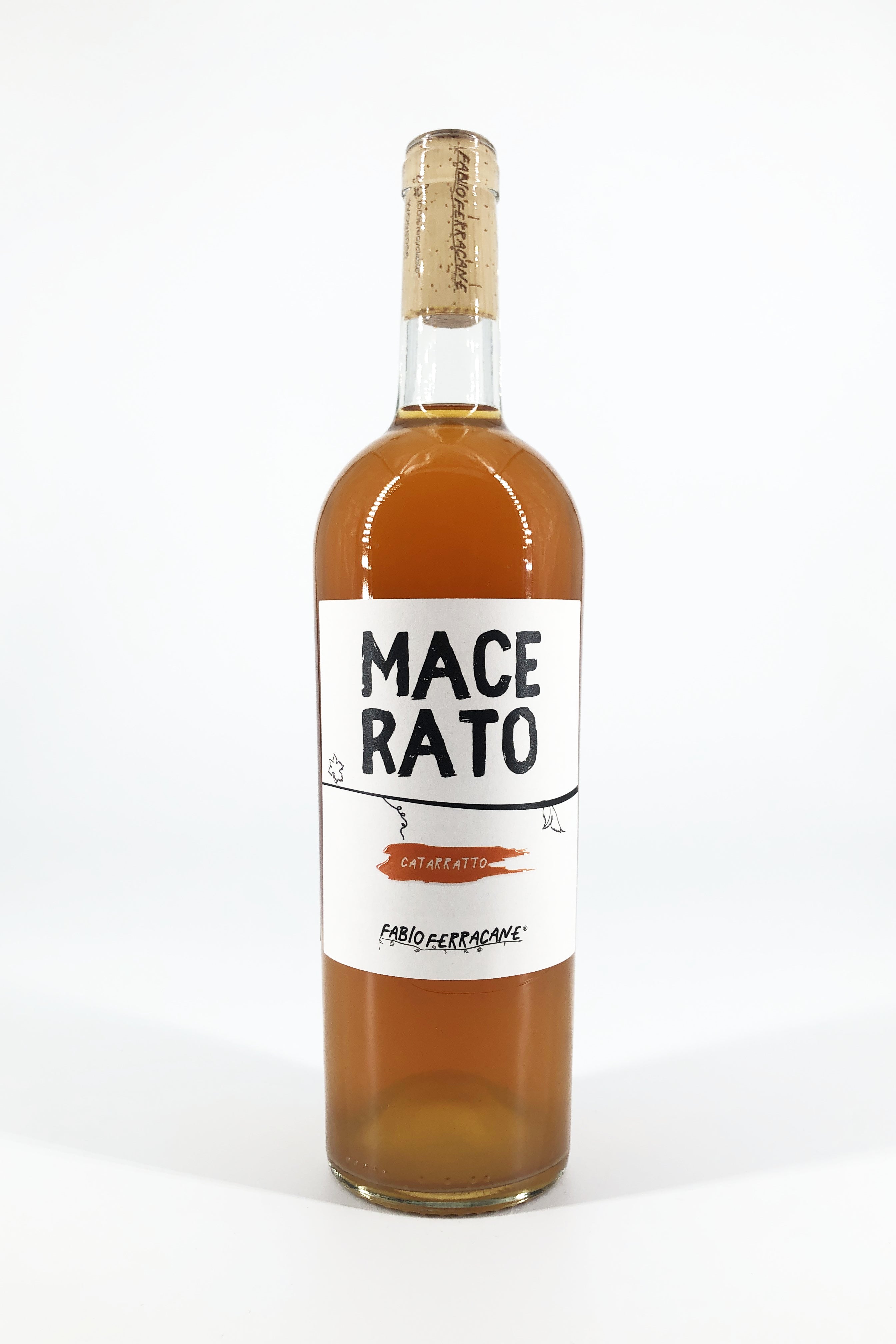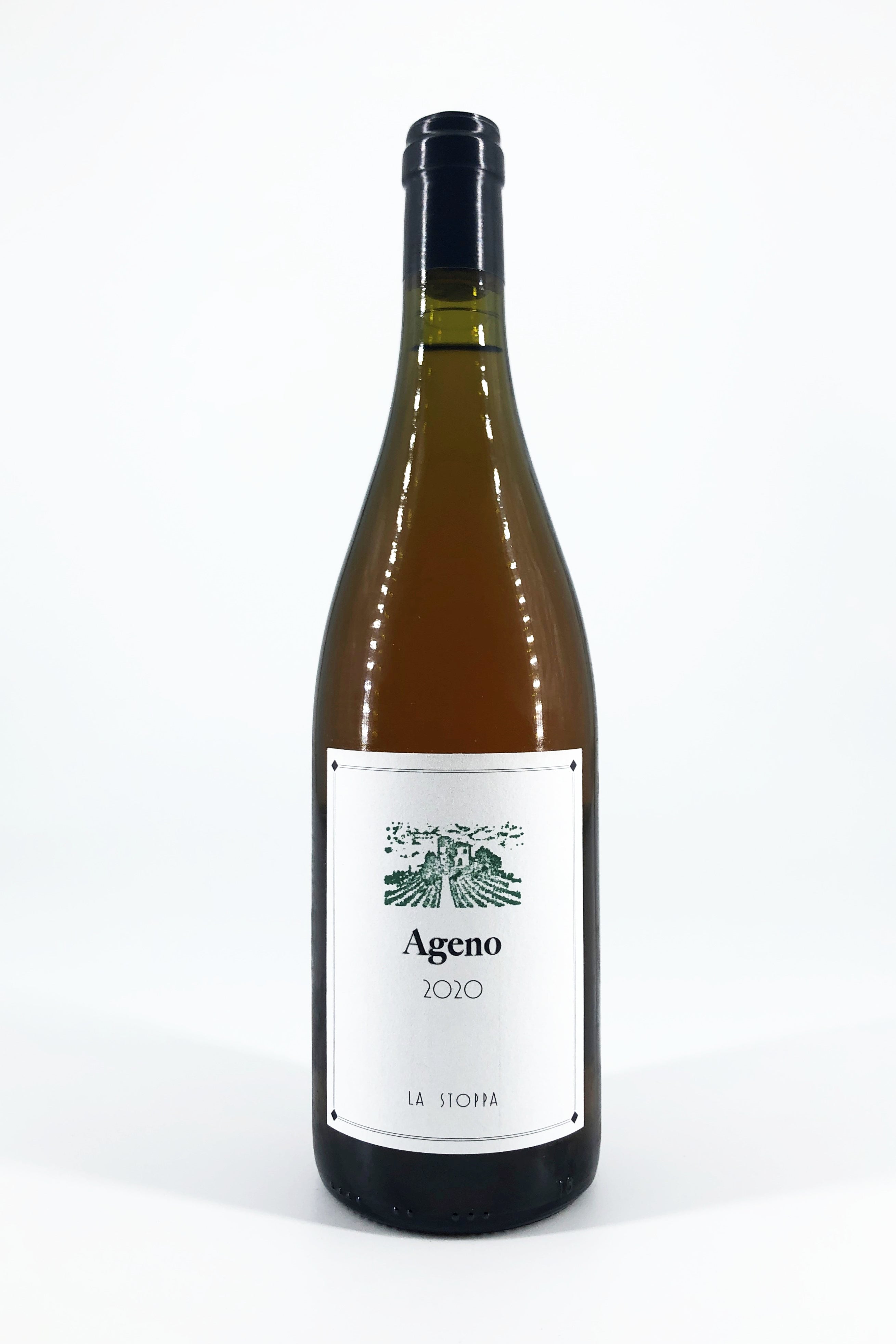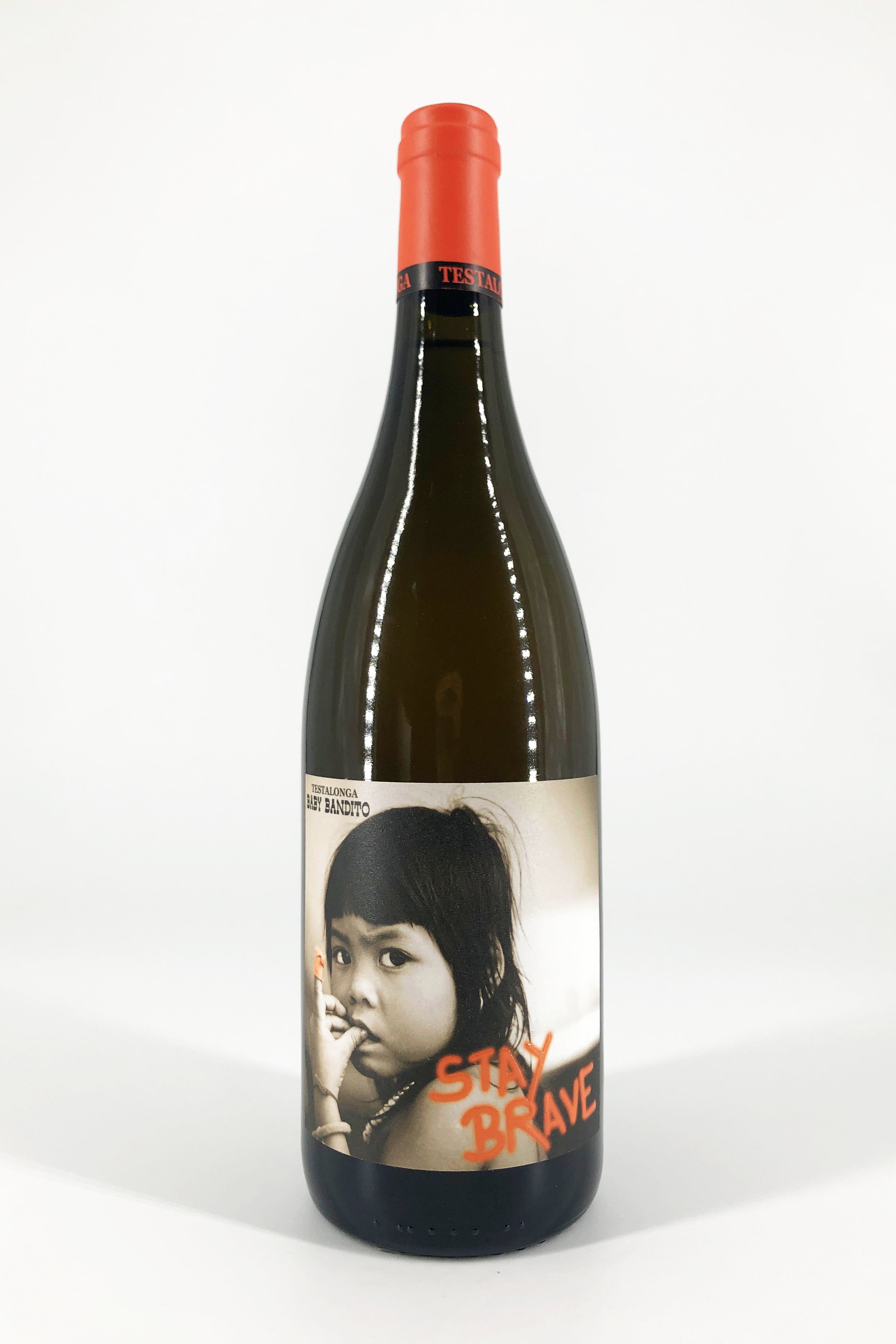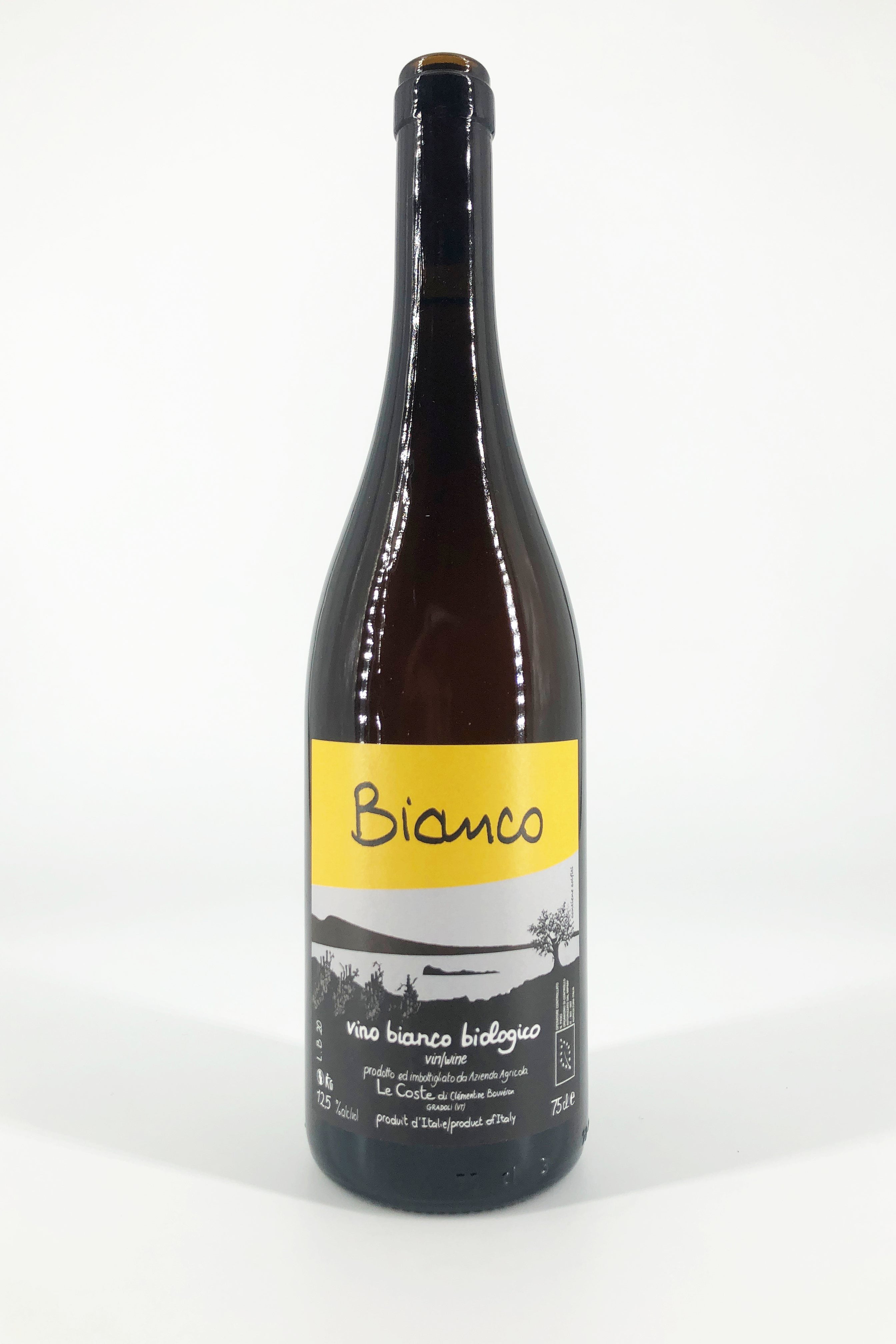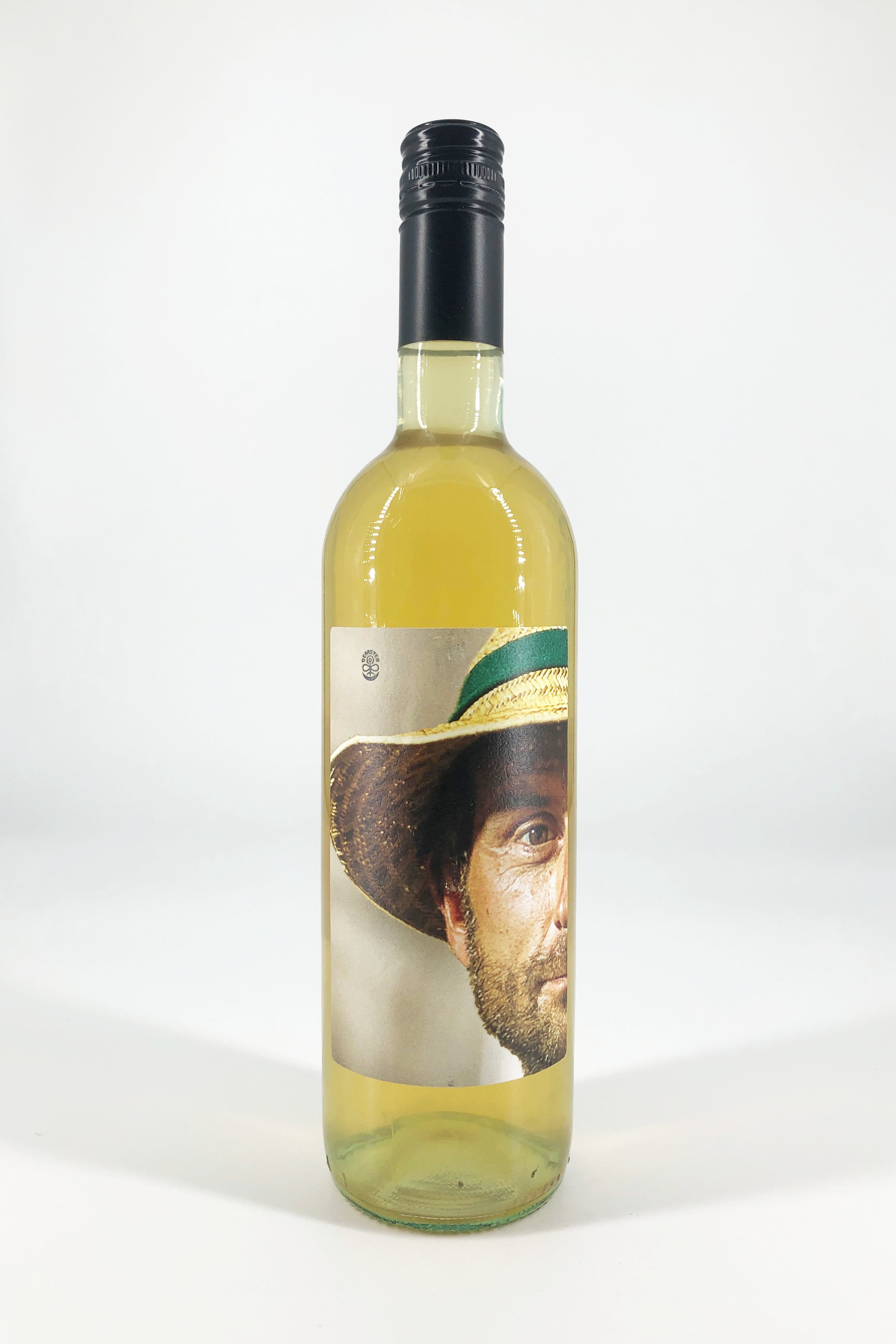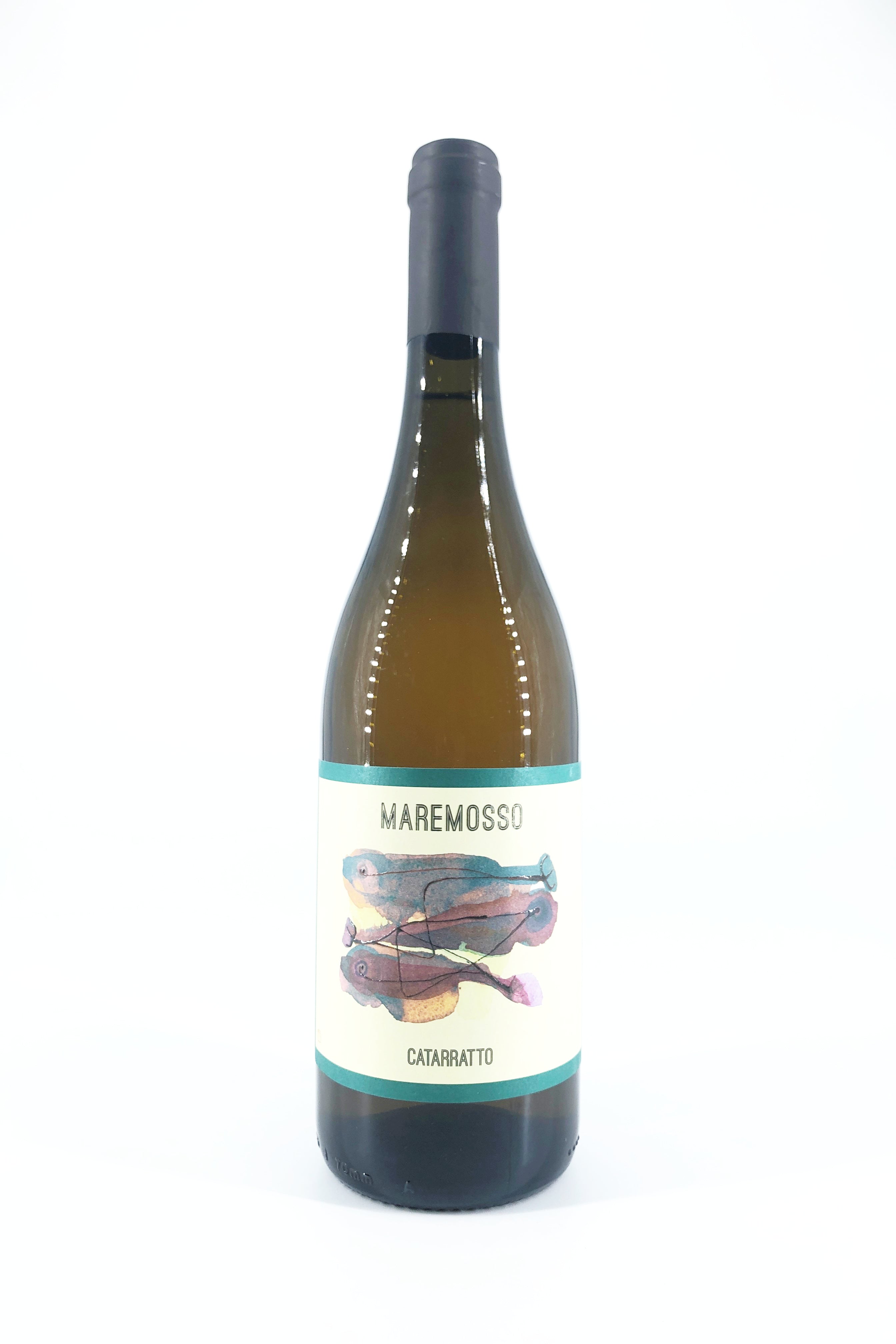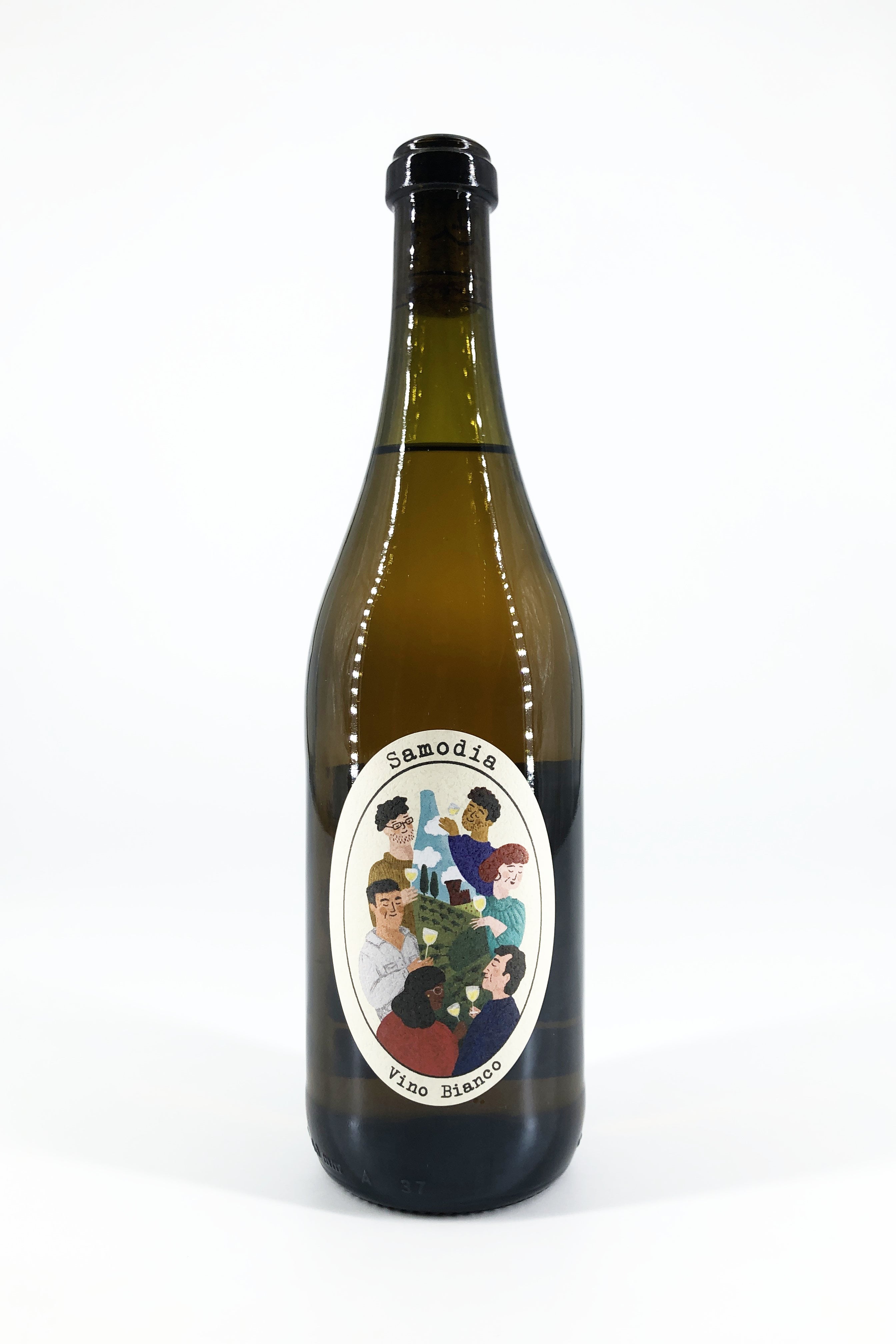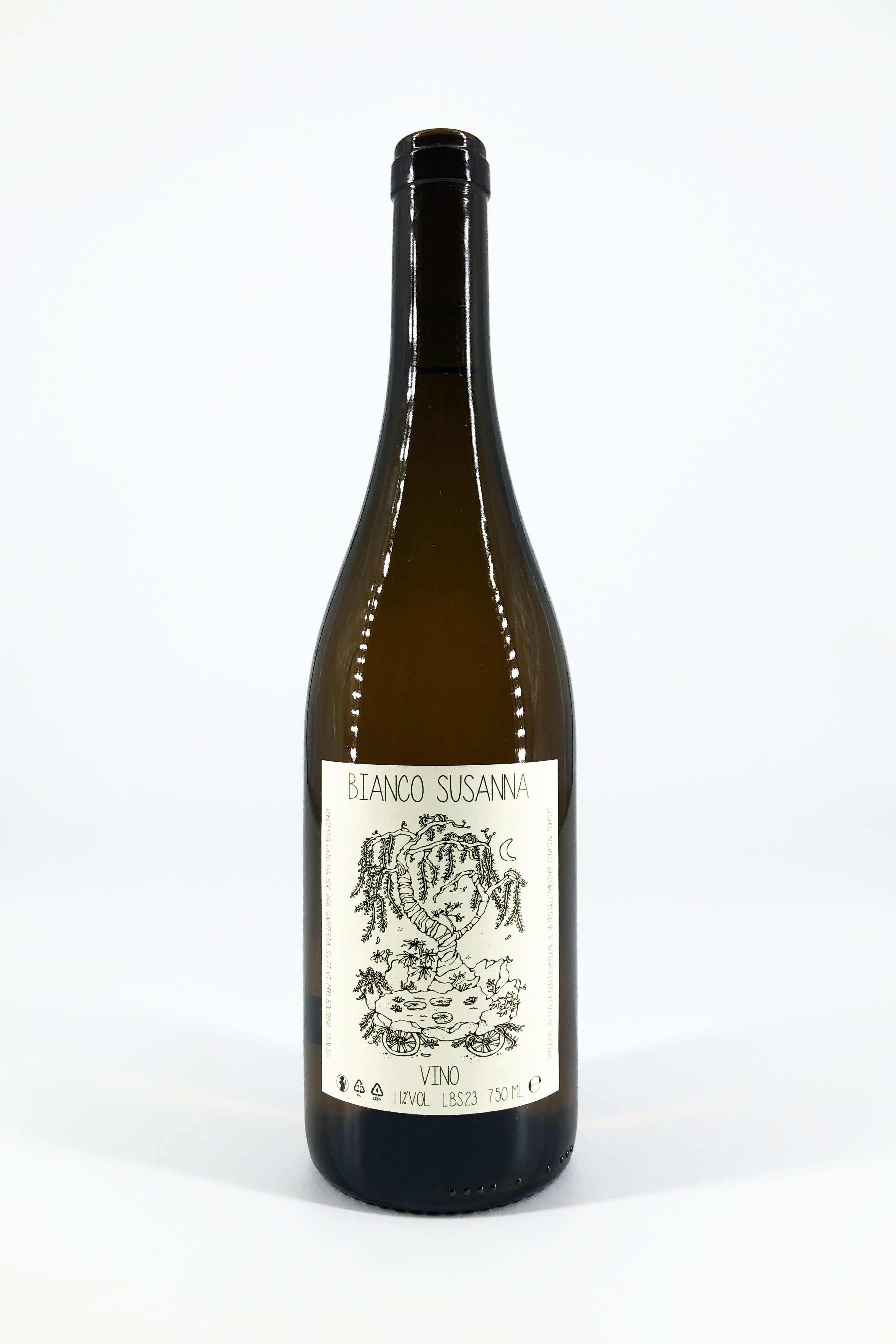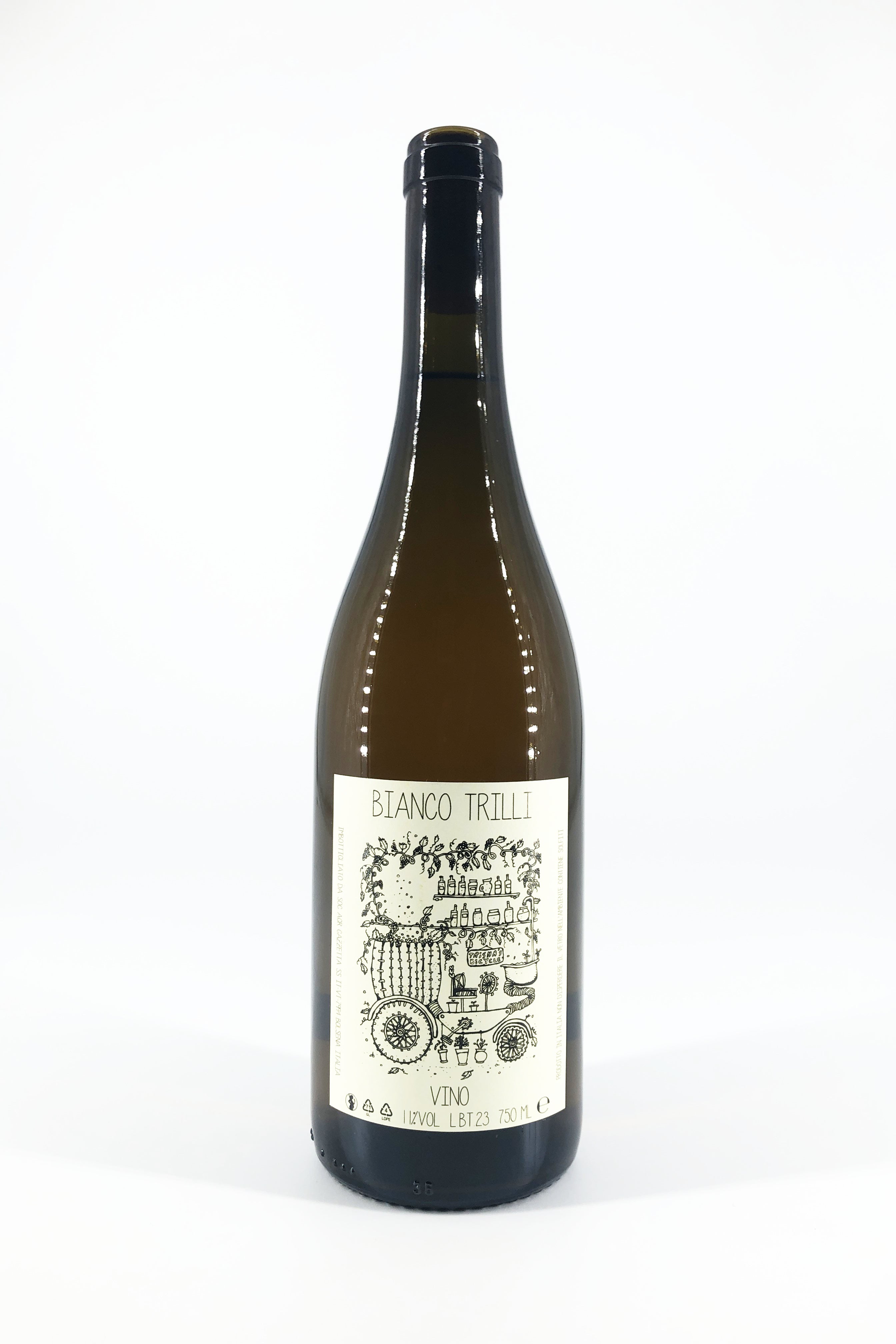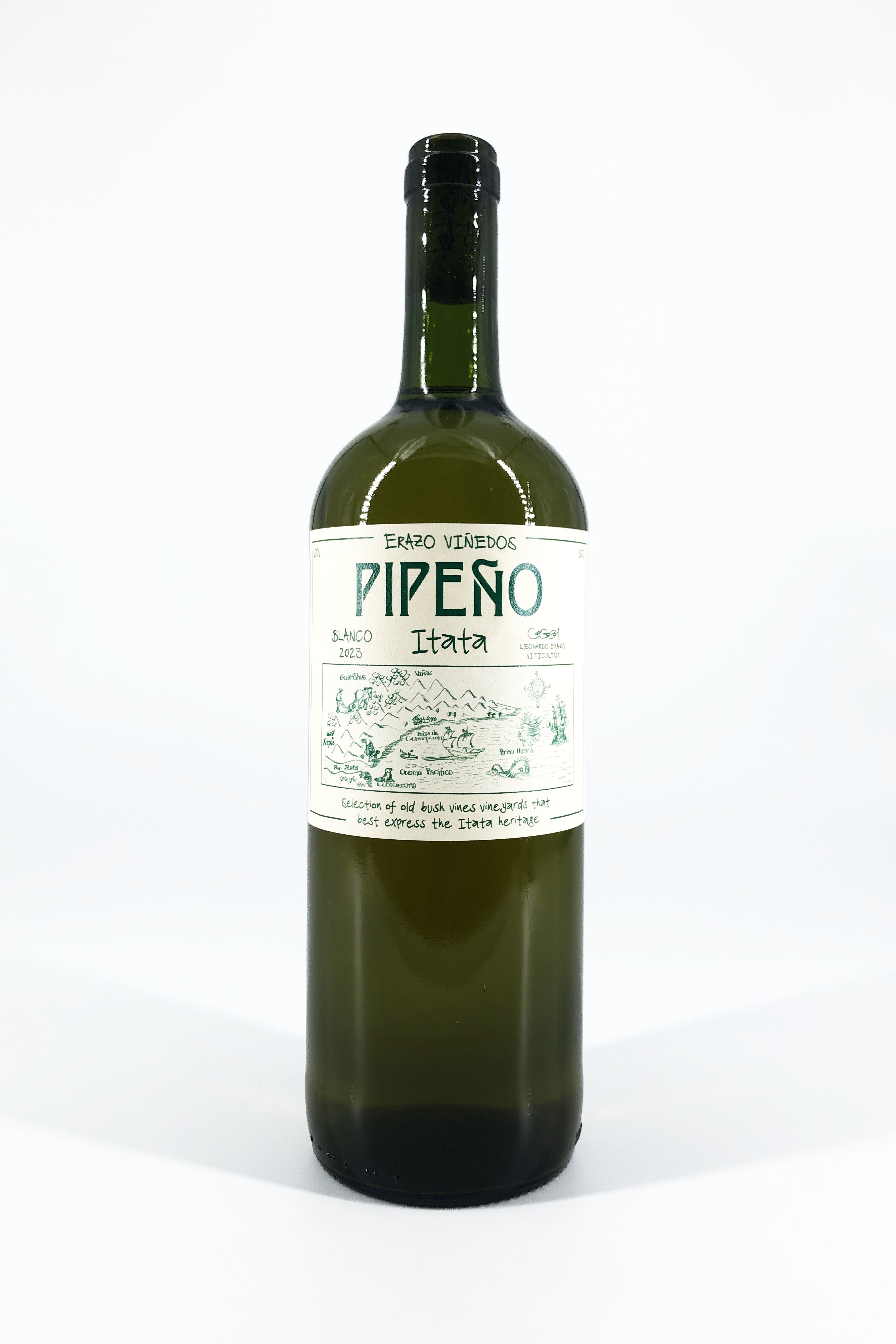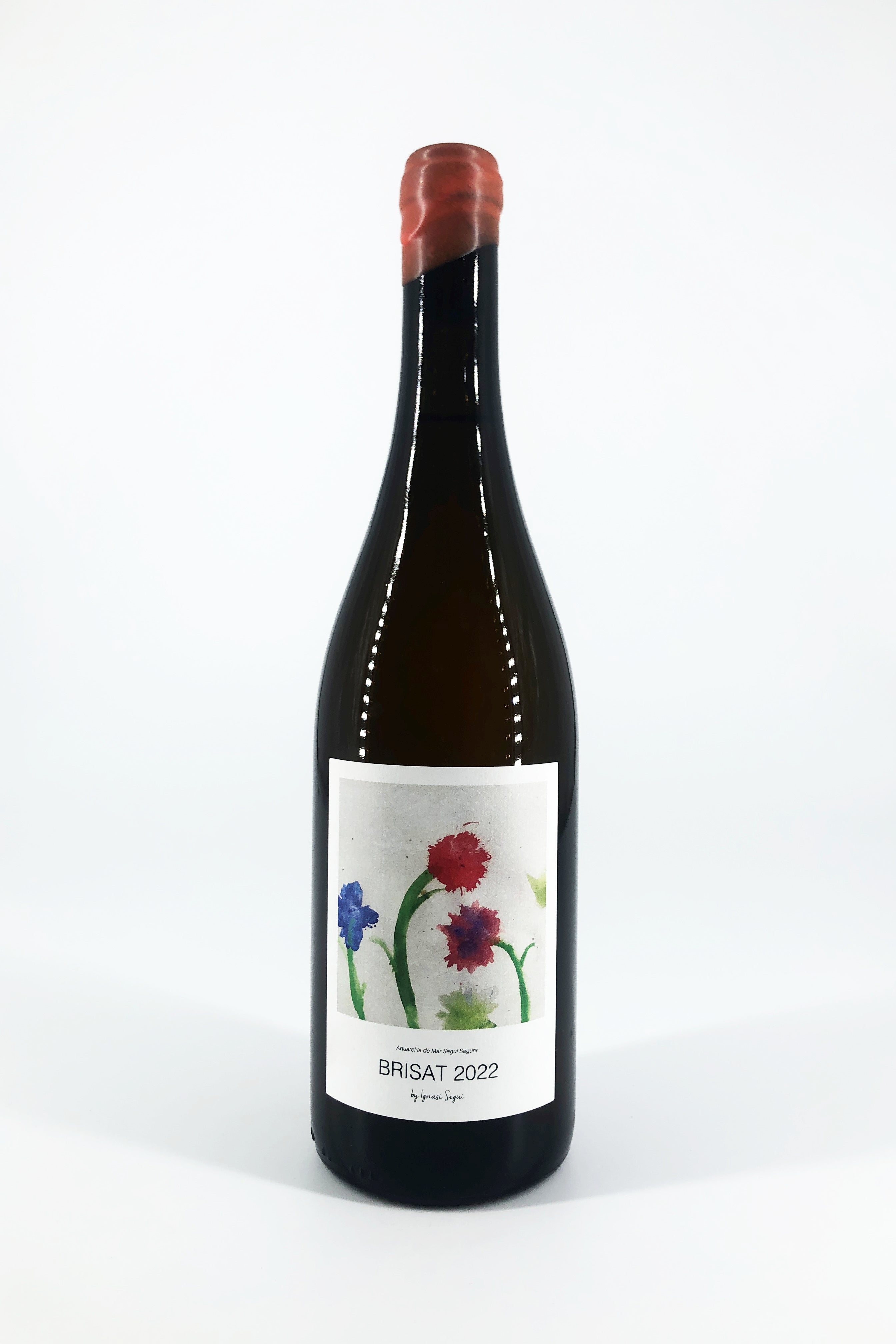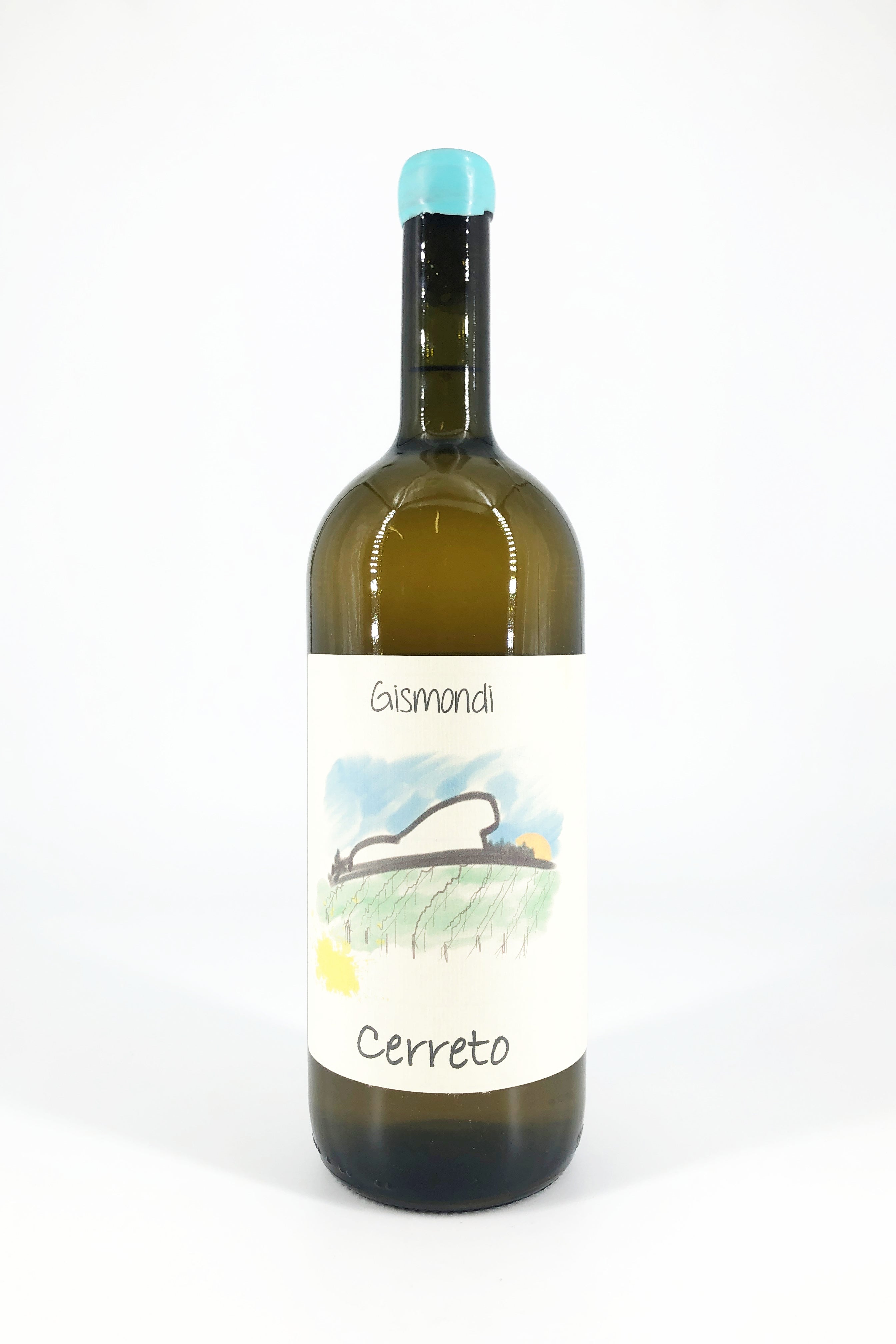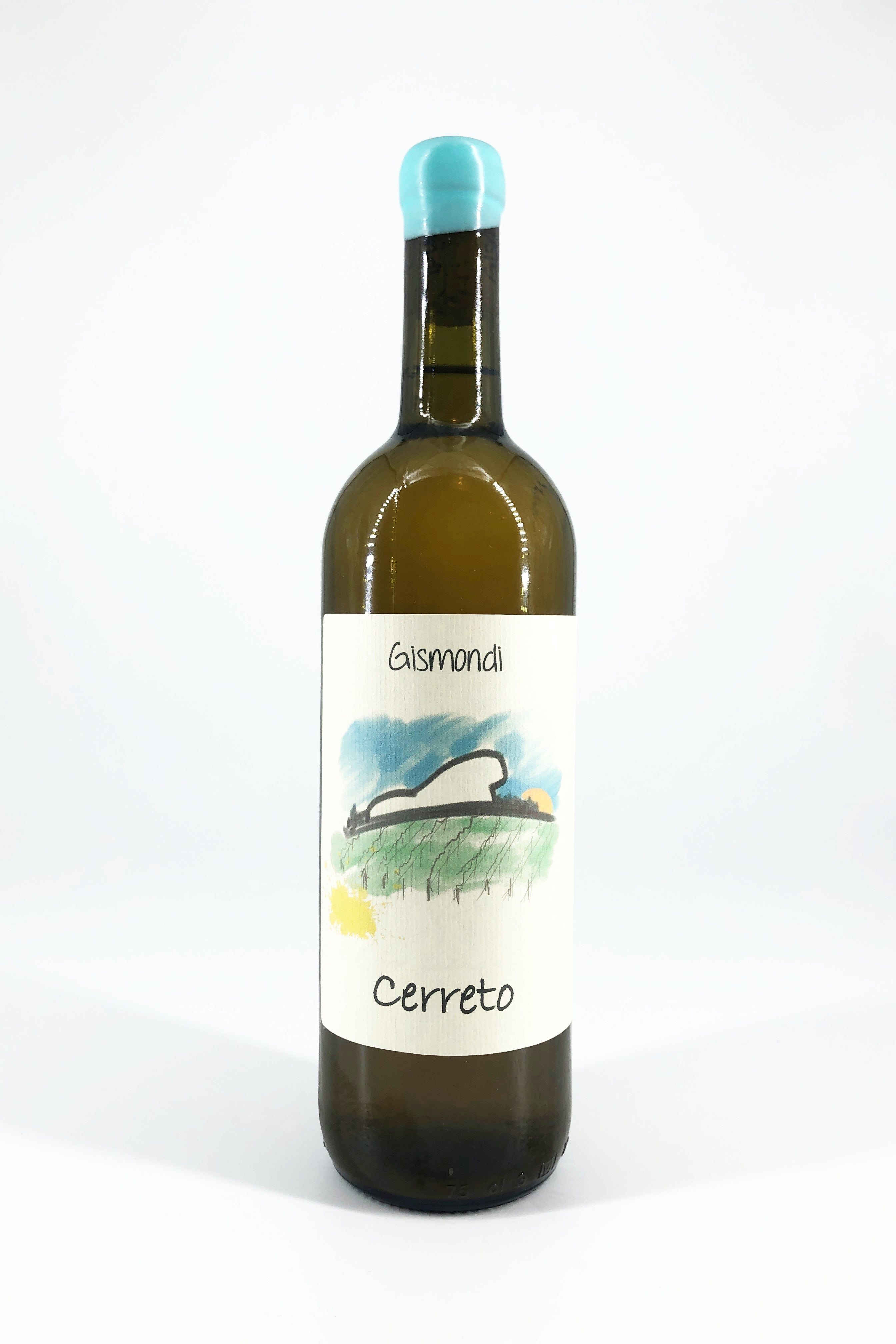A breezy, 'all-in' kinda wine that serves as an approximation of Fabio's overall style. Named after the chameleon as the blend changes every year - it is a mix of everything to be found in the cellar. Fruity, fun and delicious, with unmistakable notes of salty red cherries, some great texture from the skin-contact elements and it just goes down so so easily. Sicilian sunshine from start to finish. Find out more.
About the Wine
Next-level sister wine to Fabio's 'Macerato' cuvée with a more refined process. Here, an extended time in amphora has imprinted a whole new textural identity on that same herbal, pithy and deep maceration of Catarratto. There is the familiar eucalyptus and salt-tinged apricot stone fruit, but here the tannins feel filed-down and beautifully fine-grained from the contact with the clay vessel. Less grippy and tense, more open and complex, with an additional layer of copper-flecked minerals. A stunning skin-contact wine we put up there with our very favourites from this part of the world.
The grapes are de-stemmed and then see a long maceration of 19 days before being pressed into clay amphora for a full year, after which the wine is bottled with no additions. This same base wine is used for Fabio's ' Macerato' cuvée, which following the time on skins sees a shorter ageing in steel tanks before going into the bottle. The two are fascinating to taste alongside one another as the influence the ageing vessel has on the wine becomes clear.
About Fabio Ferracane
From a long-running family of vignaiolo, Fabio Ferracane has lived in Marsala on Sicily’s west coast his whole life. From his father he inherited three hectares, to which he has added a couple more of his own - all of them enjoy being drenched in sun pretty much year-round and are both remote and secluded. We’ve long been seduced by the distinctive wines of this diverse Italian island, so when we met with Fabio we were excited to find he was following the same path as some of the producers of the region we hold in the highest regard, creating wines that express their environment by channelling the sun and the sea.
His parcels of vines are split across two locations; those planted over sandy soils a few steps away from the ocean, looking out over the salt pans to the Stagnone Islands, and those a little further inland, sat in a valley over calcareous clay, amongst a patchwork of rolling hills that are close enough to still feel the effects of the maritime breeze. For the most part he grows the Sicilian workhorse grape, Catarratto, but produces wines that are anything but middling or conventional.
Embracing all manner of ancient techniques, ones which Fabio explains predate the export market for sweet Marsala that exploded in the 1800s, they look back in time to create something that ironically, right now, feels incredibly contemporary. Hazy sparkling wines from tart, early-harvest grapes are fermented in their bottles with no disgorgement. White grapes are given long macerations on their skins and aged in amphorae to create musky, exotic amber wines. There is simple, thirst-quenching rosato, and luscious late-harvest wines, made in the passito style.
It follows that the vineyard work harks back to a time long before chemical farming too - all the plants are tended to organically, with grass and flowers allowed to grow along the rows, punctuated by the occasional ploughing. In the cellar Fabio works with a light hand and the range of wines we have selected to import all have no filtration or sulphur input whatsoever. Calling to mind the landscape of this dusty, remote part of Sicily in both their colour and aromas of wild herbs, stone fruits and flowers, their defining trait is the influence of the ocean and its salty breeze, which finds itself embedded in the character of these charming, evocative wines.
